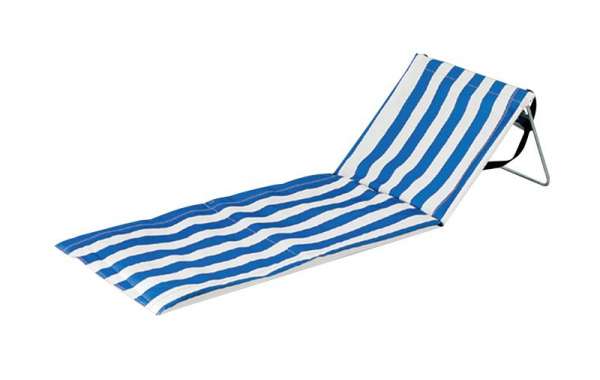Choosing the perfect leisure chair requires careful consideration of spatial, functional, and ergonomic factors that vary significantly between environments. For residential interiors, scale and proportion must harmonize with existing furnishings - compact recliners with wall-hugging mechanisms suit smaller living rooms, while generous sectionals anchor spacious great rooms. The ideal seat depth ranges from 20-24 inches for proper thigh support, with back heights between 30-36 inches to accommodate various user heights.
Outdoor leisure chairs demand specialized material specifications. Powder-coated aluminum frames resist corrosion in coastal climates, while UV-stabilized polyethylene wicker maintains its integrity under intense sunlight. Cushion fabrics with solution-dyed acrylic fibers provide superior fade resistance, typically rated for 1000+ hours of direct sunlight exposure. Drainage channels in seat designs prevent water accumulation, and quick-dry foam cores ensure rapid recovery after rain exposure.
Task-specific leisure chairs serve distinct purposes. Media chairs often incorporate surround sound systems with transducer technology that channels audio vibrations through the frame. Gaming models feature heightened lumbar support for extended play sessions and frequently include integrated cooling systems. Reading chairs prioritize upright postures with adjustable book rests and task lighting integration, while napping designs emphasize full-body support in multiple reclined positions.
Commercial settings impose unique requirements on leisure chair selection. Hospitality models must meet rigorous flammability standards (typically CAL 117 compliant) and demonstrate exceptional durability, often rated for 24/7 use. Healthcare versions incorporate antimicrobial fabrics and easy-clean surfaces that withstand frequent disinfection. Office lounge chairs balance professional aesthetics with ergonomic support, frequently featuring subtle casters for easy repositioning.
The science of comfort varies by climate zone. Tropical environments benefit from breathable mesh constructions that promote airflow, with open-cell foam cushions that resist moisture retention. Colder regions favor insulated designs with thermal-retentive materials and optional heating elements. Transitional patio chairs might include removable, reversible cushions - plush fabric on one side for cooler months and cooling gel surfaces for summer use.
Accessibility features represent an important consideration in modern leisure chairs. Lift-assist mechanisms help users with mobility challenges transition between sitting and standing positions. Adjustable headrests and seat heights accommodate various physical needs, while wider seats provide comfort for different body types. Controls are increasingly designed with intuitive, low-force operation suitable for users with limited hand strength.






